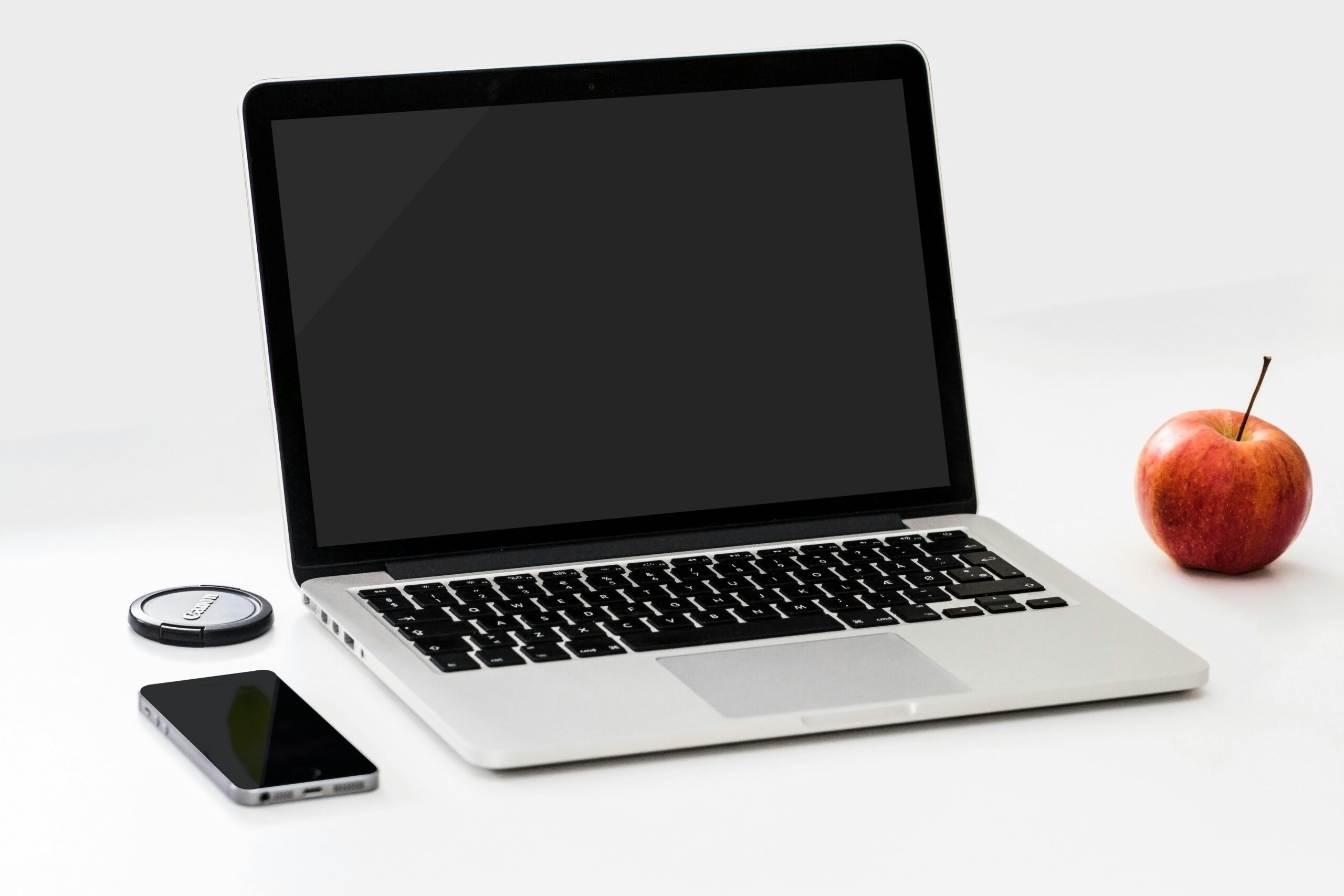Chromebook vs. Laptop: What’s the Difference?
When shopping for a new computer, one common dilemma is choosing between a Chromebook and a traditional laptop. While both devices can handle everyday tasks, they differ significantly in terms of operating systems, functionality, and cost. Understanding these differences can help you make the best decision for your needs.
1. Operating System: Chrome OS vs. Windows/macOS
The most notable difference between a Chromebook and a laptop is the operating system.
- Chromebook: Chromebooks run on Chrome OS, a lightweight operating system developed by Google. It primarily relies on cloud computing and uses Google Chrome as its main interface. Users depend on web apps and Android apps from the Google Play Store for most tasks. Chrome OS is known for its speed, simplicity, and built-in virus protection, making it ideal for users who mostly use the internet.
- Laptop: Traditional laptops generally run on Windows or macOS. These operating systems are much more versatile and can run a wide range of desktop software, including productivity suites like Microsoft Office, creative software like Adobe Photoshop, and gaming applications. Laptops are better suited for users who need powerful performance for tasks like video editing, gaming, or complex office work.
2. Performance and Hardware
- Chromebooks: Chromebooks typically have lower-end processors (Intel Celeron, Core i3, or ARM chips), which are sufficient for basic tasks like web browsing, streaming, and word processing. They also come with limited storage (32GB to 128GB) since most work is done in the cloud. Chromebooks have long battery life—up to 10-12 hours—making them ideal for students or casual users who need portability.
- Laptops: Laptops have a wide range of hardware options, from budget-friendly models with entry-level processors to high-end machines with Intel Core i7/i9 or AMD Ryzen chips. These machines often have more RAM (4GB to 64GB), internal storage (256GB to 2TB), and better graphics cards for handling demanding tasks like gaming, video editing, or software development. The performance difference is significant if you’re working with resource-heavy applications.
3. Software and App Availability
- Chromebooks: Chromebooks primarily use web apps through the Google Chrome browser, and many tasks are performed online. However, they do support Android apps and Linux apps, expanding their functionality. This makes Chromebooks suitable for users who rely heavily on Google’s ecosystem (Google Docs, Google Drive, Gmail) and don’t need specialized software. While the Chrome OS ecosystem is growing, it doesn’t offer the same software variety as traditional laptops.
- Laptops: Laptops running Windows or macOS have access to a vast library of desktop applications. Whether you’re a designer needing Adobe Creative Cloud, a gamer using Steam, or an office worker relying on Microsoft Office, traditional laptops provide the software flexibility to meet diverse needs.
4. Price
- Chromebooks: Generally, Chromebooks are more affordable, with most models priced between $200 and $500. There are premium Chromebooks available, but the majority fall into the budget category, making them a popular choice for students, casual users, or those on a tight budget.
- Laptops: Laptops cover a much broader price range, from entry-level models around $300 to high-end models exceeding $2,000. The price often correlates with the hardware specifications and capabilities. If you’re looking for a device with more power, better performance, or specific software needs, a higher-end laptop may be necessary.
5. Portability and Design
- Chromebooks: Chromebooks are designed for portability. They are often lightweight and have compact designs, with screen sizes typically ranging from 11 to 14 inches. This makes them perfect for users who need a travel-friendly device with long battery life for day-to-day web-based tasks.
- Laptops: Laptops come in various sizes, from ultraportable 13-inch models to larger 17-inch devices. While some laptops are light and portable, others, especially gaming or high-performance laptops, can be bulkier and heavier due to more powerful hardware. Battery life can also vary significantly, with some models lasting 4-6 hours and others reaching up to 10-12 hours.
6. Who Should Buy a Chromebook?
- Students or casual users who primarily need a device for browsing the web, streaming media, using Google Workspace apps, and attending video calls.
- Users looking for a low-cost, lightweight computer with great battery life and built-in security.
- People who are comfortable relying on cloud storage and don’t require specialized software.
7. Who Should Buy a Laptop?
- Professionals or power users who need access to desktop software, such as designers, video editors, or gamers.
- Users who require a device for more resource-intensive tasks, such as gaming, programming, or content creation.
- Anyone needing a versatile device with plenty of storage and RAM for multitasking or running complex applications.
Conclusion
Both Chromebooks and traditional laptops offer distinct advantages depending on your needs. Chromebooks are ideal for budget-conscious users seeking simplicity, portability, and web-based computing. Meanwhile, laptops provide the power and flexibility for users needing more complex software, higher performance, and a versatile computing experience. Deciding between a Chromebook and a laptop comes down to understanding what you need from your device.
For more articles, click here.
